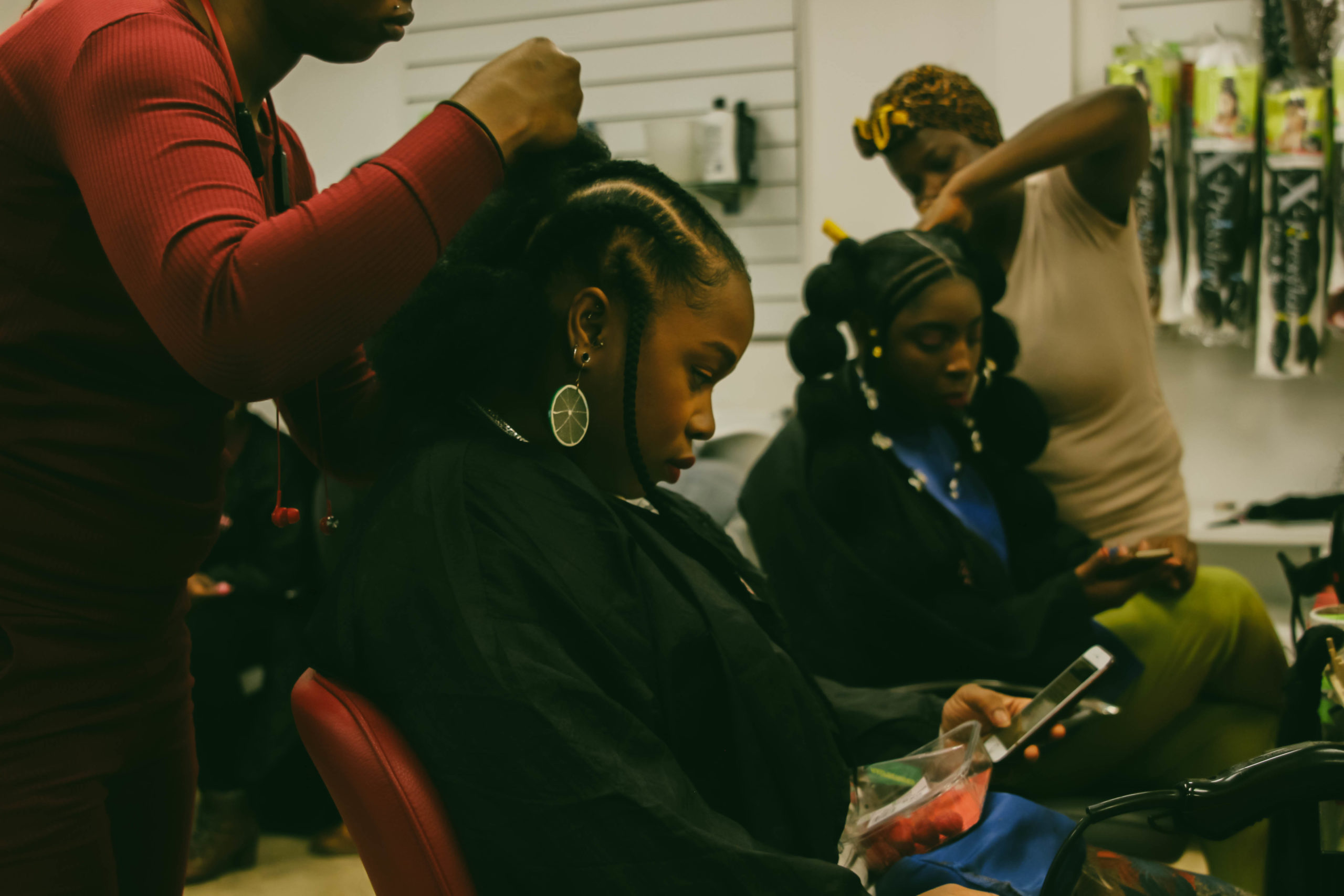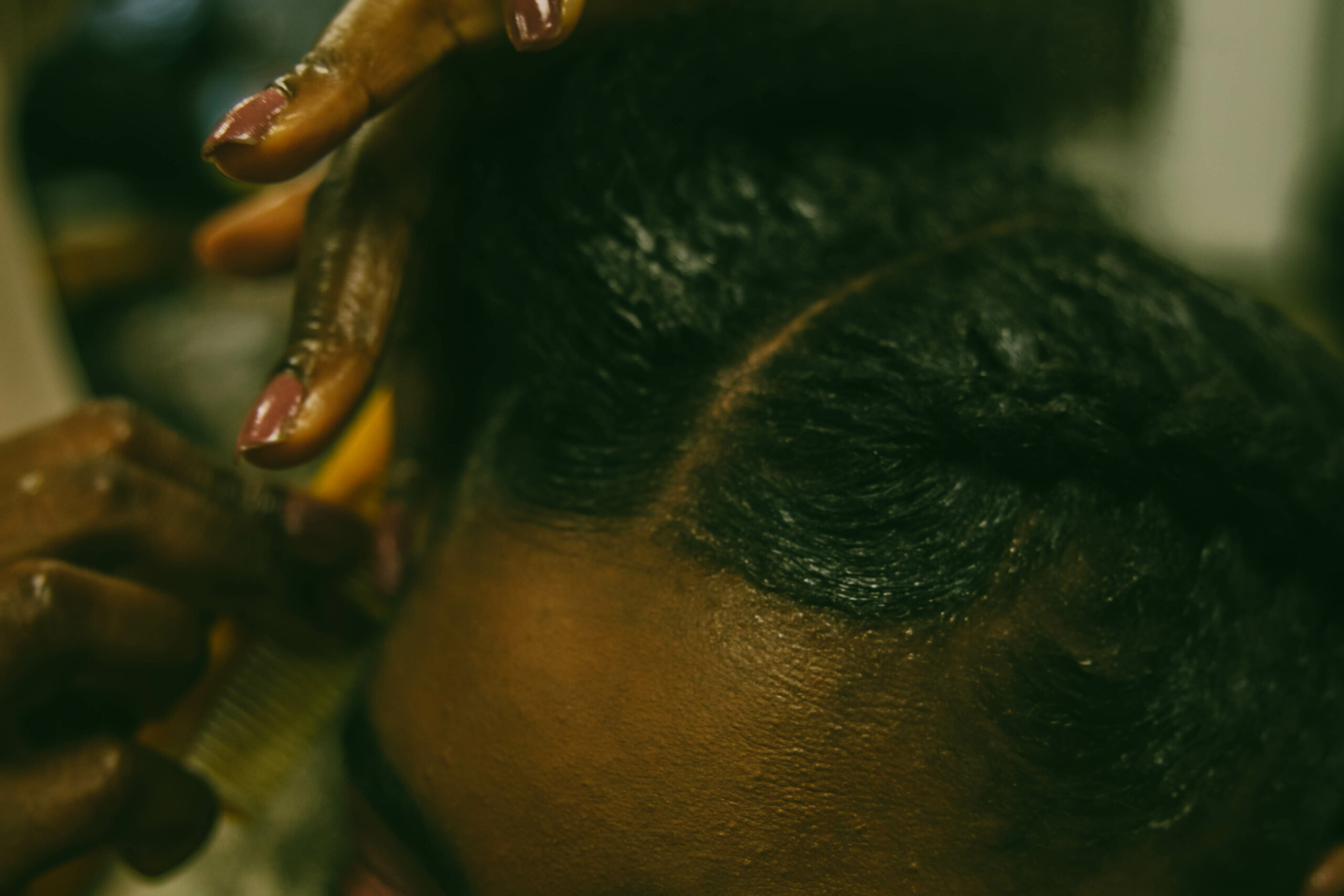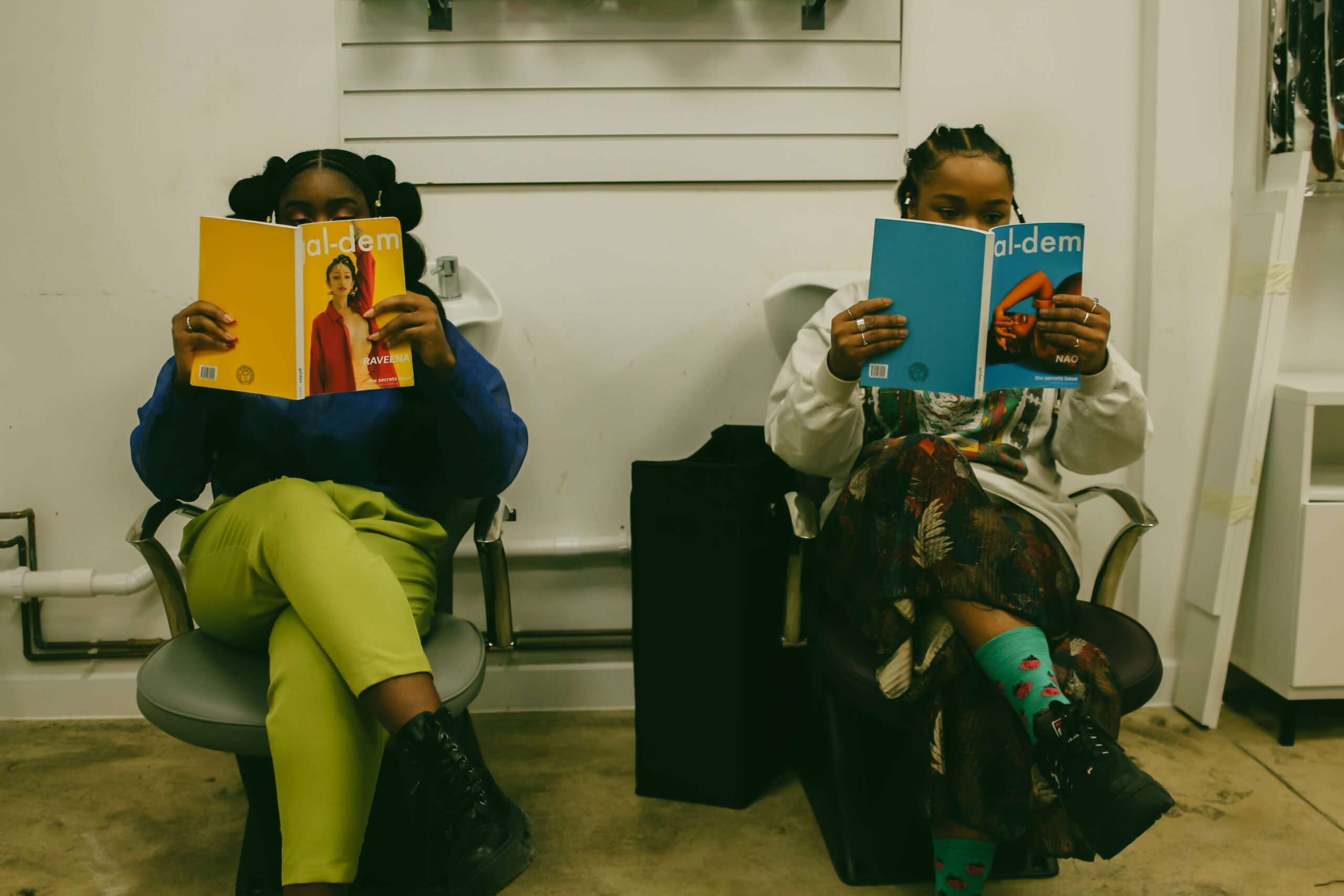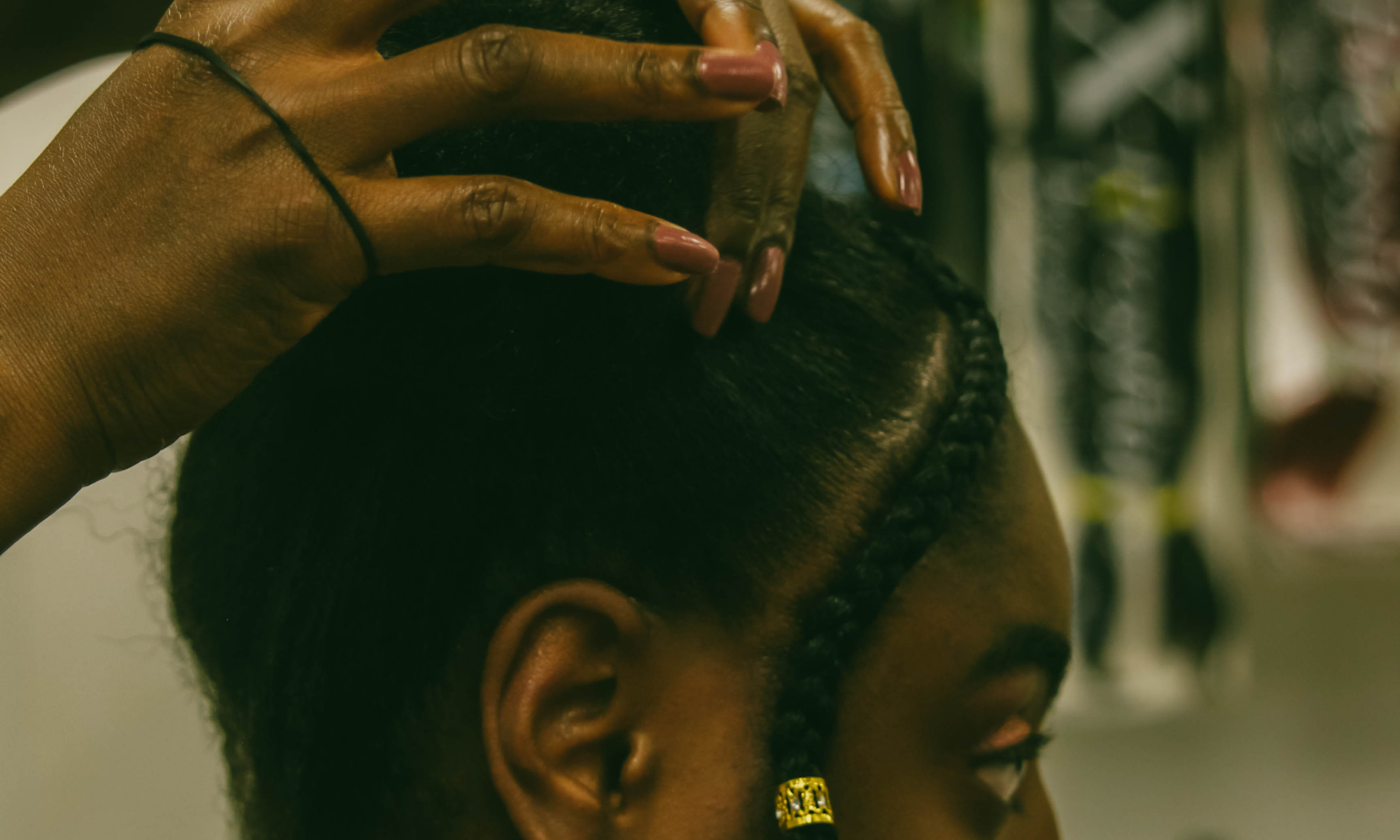
Afro Answers: why braids aren’t always a protective style and how to bleach afro hair
Braiding isn't the best way to look after your coils if done poorly, and bleaching your hair safely and effectively is possible, explains trichologist Ebuni Ajiduah.
Ebuni Ajiduah
06 Sep 2020
Going back to work post lockdown has been super rewarding. Even though I have been offering virtual consultations, nothing beats the feeling of hair in my hands. A common theme with all of my clients, regardless of hair loss concerns, is wanting to find a balance between enjoying their hair and styling. I try to be an example that natural hair can be fun and colourful (currently purple/blue locs) and you don’t have to sacrifice health for a style.
Braids aren’t always your friend
Winter is fast approaching and that means we are all looking to book an appointment with our local “Aunty” to get our braids, faux locs or crochets done. Cue the trip to buy extensions and paracetamol, make sure our power bank is charged and back episodes of our favourite podcasts are pre-downloaded (cough cough, Snatched Edges).
Protective styling is the catch-all term for Black hairstyles that are worn for extended periods but are they really protective? We all know someone whose hair flourished because they “left it alone” in a style, but as we already dispelled the myth of not washing our hair, what effect do these braided styles actually have on our hair?
In my opinion, a protective style is one that prevents damage while allowing the scalp to be cleansed and hair to be moisturised. In some cases, the most damage occurs by our own hands which is why we can feel like magical amounts of growth occur in braids, only for it all to be lost when we try to leave it out and enjoy it.
From my definition, wearing a bun, twists, or even a ponytail can be protective and not just the styles that cause our bums to go numb during the install.
When choosing your style (and stylist), make sure that you can easily get to your scalp and keep it clean, because a dirty scalp doesn’t make hair grow faster and can lead to build-up and dandruff. The style shouldn’t be tight and they should be gentle with your hair because although Afro hair is touted as the strongest hair type, it is actually the most fragile and should be treated delicately.
And finally, the prep shouldn’t cause any damage – one woman told me I had to get a chemical relaxer before I could get braids and it’s common practice for stylists to ask clients to blow dry or straighten their hair before attending appointments. Using heat on your hair is fine, but only if done in the right way!
Fellow trichologist, Afope shows how to prep and style super long braids and stylist Rachel, gives a 360 on passion twists from install to takedown.
Next time you are in the chair and your hairstylist starts moving mad on your follicles, remember drip is temporary, traction alopecia is forever.
Bleaching afro hair doesn’t have to be a nightmare
I have been colouring my hair since my mid-teens and as I transitioned to natural, I did not even consider stopping. Many women will experiment with coloured extensions but shy away from taking the plunge with their own hair due to the fear of bleach.
Bleach, aka hydrogen peroxide, is a chemical agent used to lighten hair. In this process it breaks apart some of the bonds in the hair – roughly 20% of the disulphide bonds are permanently broken. Think of these bonds like rungs in a ladder, could you still climb up if you removed two out of 10? Sure! But if there were already a few missing from styling damage, hair loss and other chemical treatments, then that 20% becomes a bigger deal.
When colouring hair, you can usually go about two shades lighter without bleach but as afro hair is usually very dark, this results in mostly brown shades. Bleach removes the pigment and allows for a wider range of colours to be achieved.
When bleaching, your hair’s current state is very important and even though a one session transformation is cool, in reality, it can take several sessions spaced over months to get to your desired shade. A good stylist will let you know from the consultation what is achievable as well as the cost and maintenance. FYI, this is not a rainy day experiment for you and/or your bestie – bleach can go wrong and over process really quickly, so please go to a professional!
Once the hair is lightened you then can really play around using semi-permanent or temporary colours like Manic Panic and Crazy Color, which allow you to switch it up easily. Hair waxes are a cool way to test out a colour before you go all-in – watch Afrocenchix co-founder dye her hair purple.
As with protective styling, prep is important and you want to make sure that your hair is in a good condition first. Deep condition and get trims regularly.
This is part of the Afro Answers column. If there are any afro hair questions you would like answers to in a future column, email them to charlie@gal-dem.com with the subject line “Afro Answers”









